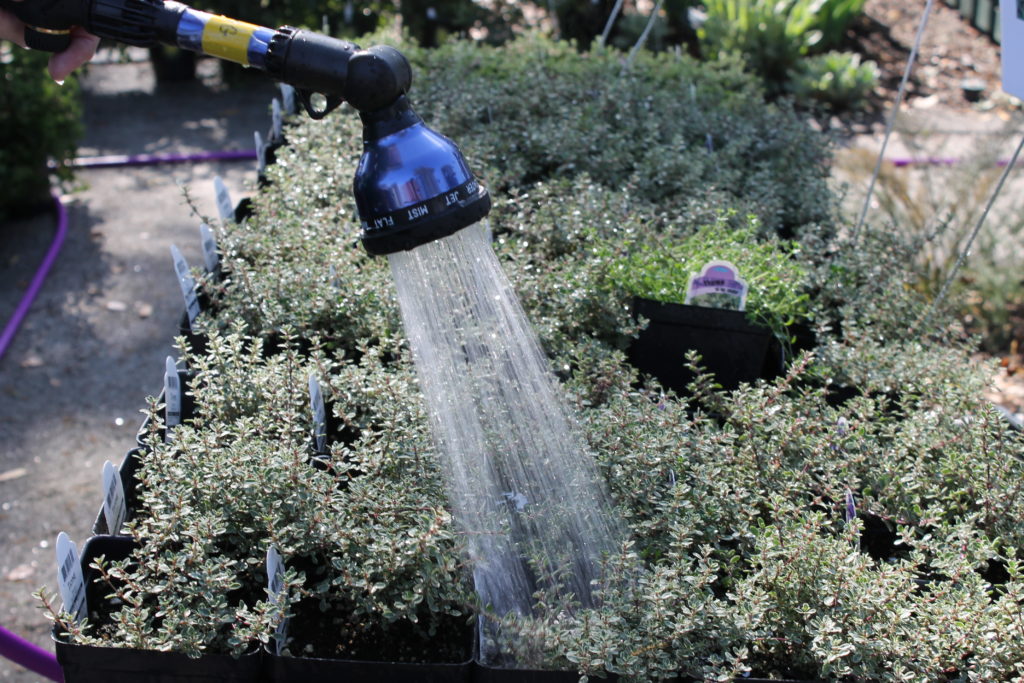Fall Is for Planting…Successfully
go.ncsu.edu/readext?736976
en Español / em Português
El inglés es el idioma de control de esta página. En la medida en que haya algún conflicto entre la traducción al inglés y la traducción, el inglés prevalece.
Al hacer clic en el enlace de traducción se activa un servicio de traducción gratuito para convertir la página al español. Al igual que con cualquier traducción por Internet, la conversión no es sensible al contexto y puede que no traduzca el texto en su significado original. NC State Extension no garantiza la exactitud del texto traducido. Por favor, tenga en cuenta que algunas aplicaciones y/o servicios pueden no funcionar como se espera cuando se traducen.
Português
Inglês é o idioma de controle desta página. Na medida que haja algum conflito entre o texto original em Inglês e a tradução, o Inglês prevalece.
Ao clicar no link de tradução, um serviço gratuito de tradução será ativado para converter a página para o Português. Como em qualquer tradução pela internet, a conversão não é sensivel ao contexto e pode não ocorrer a tradução para o significado orginal. O serviço de Extensão da Carolina do Norte (NC State Extension) não garante a exatidão do texto traduzido. Por favor, observe que algumas funções ou serviços podem não funcionar como esperado após a tradução.
English
English is the controlling language of this page. To the extent there is any conflict between the English text and the translation, English controls.
Clicking on the translation link activates a free translation service to convert the page to Spanish. As with any Internet translation, the conversion is not context-sensitive and may not translate the text to its original meaning. NC State Extension does not guarantee the accuracy of the translated text. Please note that some applications and/or services may not function as expected when translated.
Collapse ▲If you think spring is the only season to do major yard work, think again. Fall is actually the best time to plant trees, shrubs, and perennials in our region, which means the next few months are the perfect time to work on landscaping projects. The weather is cooler, making it more enjoyable to work outdoors and less stressful on new plantings.
Benefits of Fall Planting
Landscape plants installed in spring and summer face many challenges. Heavy rainfall like we experienced this summer can make planting difficult, especially on poorly drained sites. More often as summer arrives, we experience a sudden onset of hot, dry weather. Because their roots have not yet grown out into the native soil, trees and shrubs planted in the spring have a limited ability to absorb water. Just a few days of neglect can result in a dead tree when the weather turns hot and dry, making frequent watering imperative for plant survival. Planting in the fall avoids many of these challenges, resulting in healthier plants with less work.

Better Root Growth
Cooler temperatures place less stress on newly transplanted trees, shrubs, and perennials while mild winters allow root growth to continue well after the top growth has stopped. By spring, fall-planted trees, shrubs, and perennials will have larger and more established root systems, resulting in better spring flushing and flowering. When planted in spring, plants are forced to attempt to establish new root, shoot, and flower growth simultaneously, with roots usually losing out.
Fall is also the time when plants naturally shift their energy from top growth to root growth. This helps plants establish faster. Perennials planted in fall translocate energy from their leaves into their root system, resulting in a stronger plant next year. Another benefit of fall planting is there are fewer weeds to compete for nutrients and moisture, allowing more of the water and nutrients you add to be absorbed by plants instead of weeds.
Less Watering
Along with autumn’s cooler temperatures often comes gentle, soaking rainfall, which means plants set out in fall usually require less watering. In addition, plants naturally need less water in fall due to the cooler, shorter days. This is particularly true for deciduous plants that lose their leaves as winter approaches. While it’s still important to water plants well immediately after planting and for the next few weeks, within a month or two you should be able to rely on natural rainfall to provide all your plant’s moisture needs. 
Planting in fall reduces the need for additional watering both now and in the future by equipping your trees, shrubs, and perennials with a deeper, more established root system. Deeper roots are able to find more water, which they will need to survive the heat and drought that is sure to come next summer. When leaves unfurl and expand in spring, plants with deeper roots are better able to access the reservoir of water in the soil, reducing the need for supplemental watering.
Less Disease and Pest Infestations
Other benefits of fall planting include fewer insects and disease problems that could damage your new plantings. If you’ve ever had a plant fall victim to a disease or insect infestation, you know how severe these problems can be. Spring and summer are the months when pest and disease problems are most active, but fall is not. Since young plants are most vulnerable to attack, avoiding infestations by planting in the fall means you’ll have a better chance of success.



